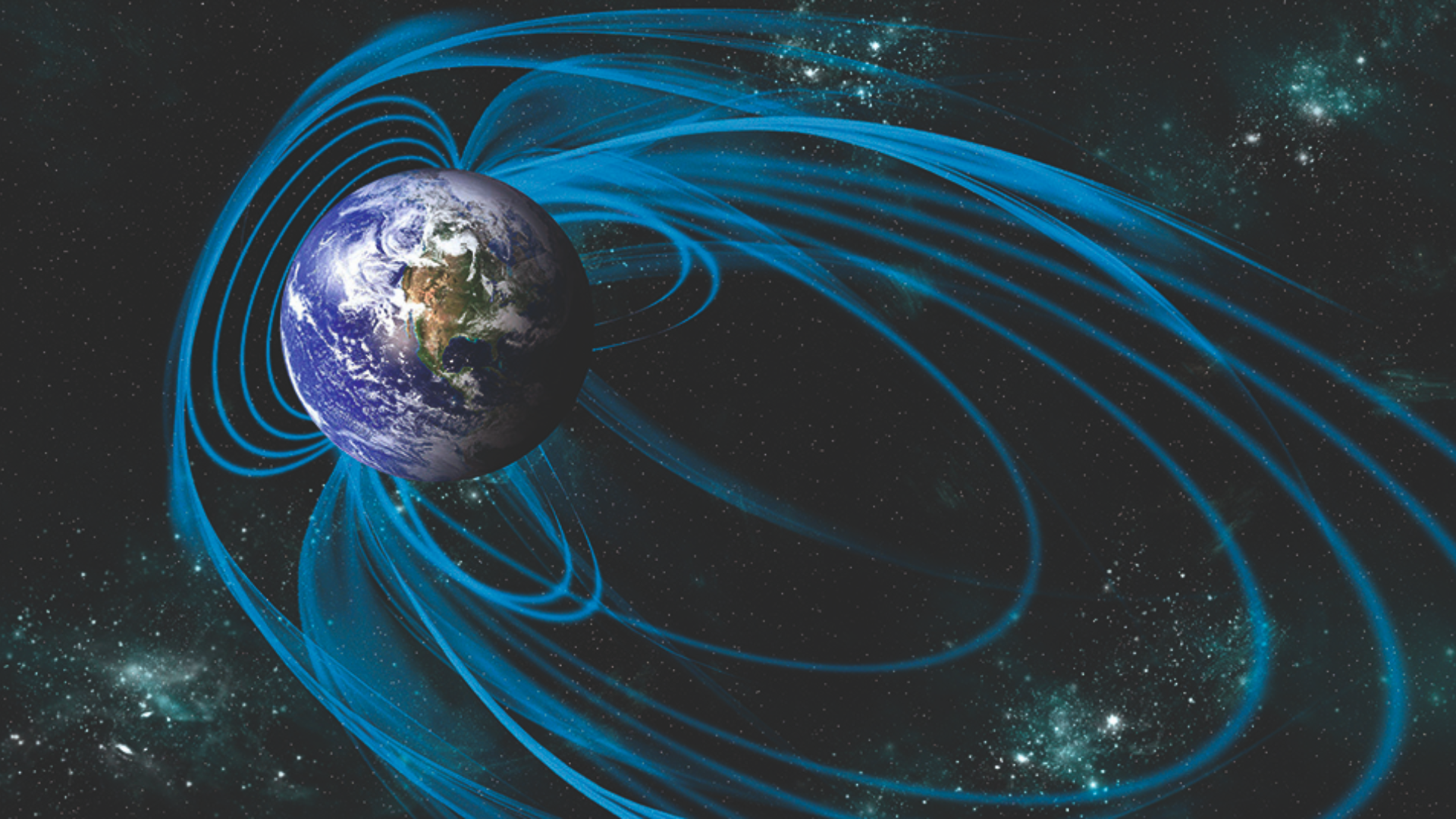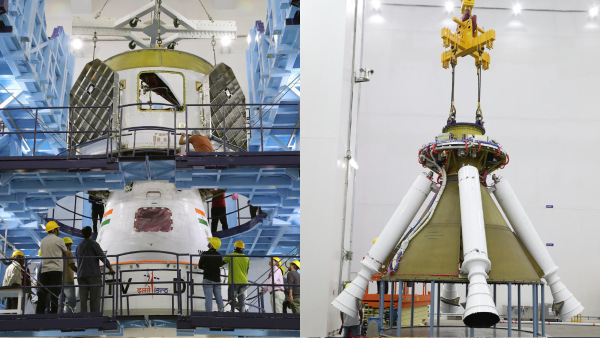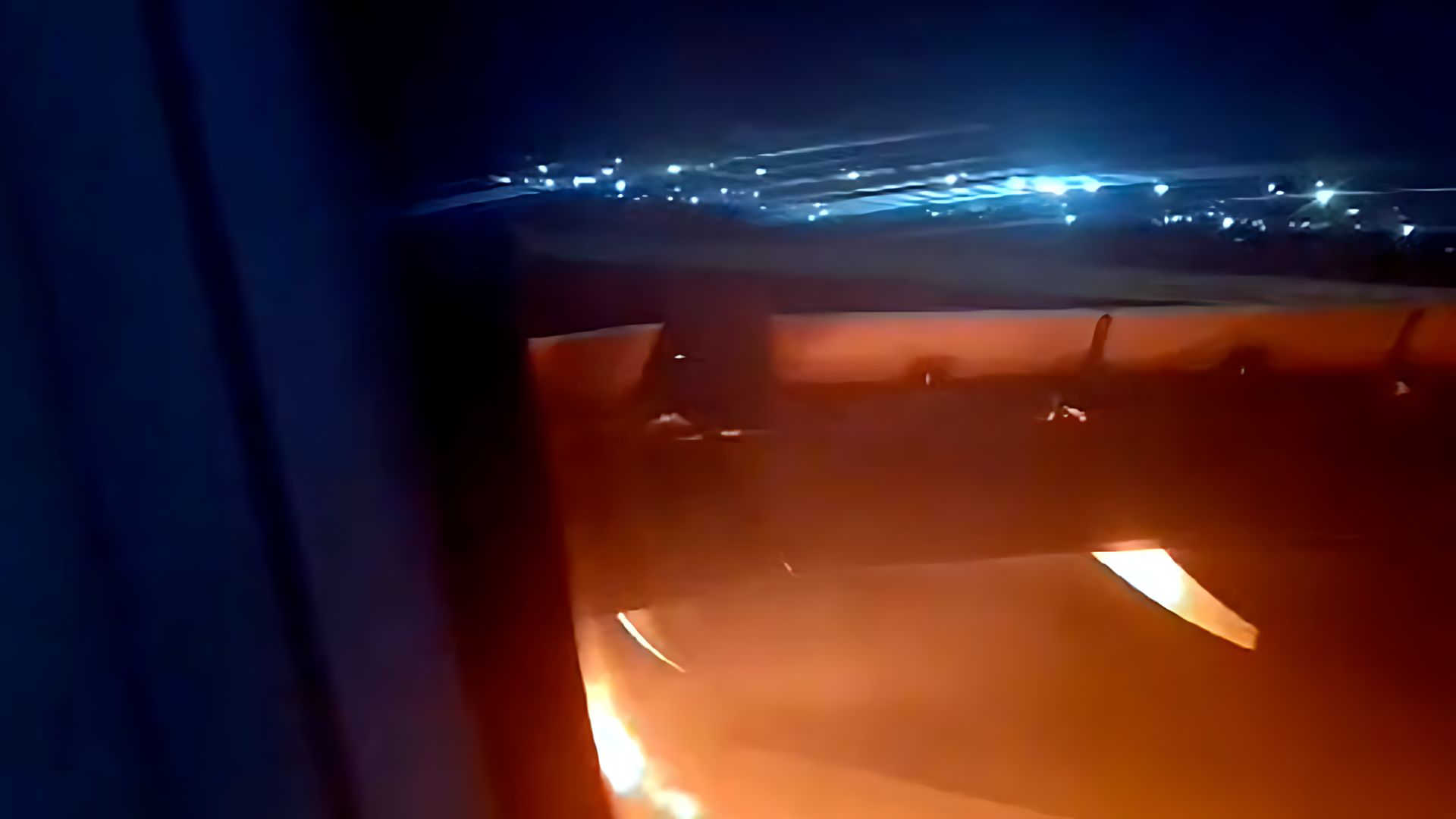










The Indian Space Research Organisation (ISRO) is gearing up for a significant milestone in its ambitious Gaganyaan program with the Flight Test Vehicle Abort Mission scheduled between 7 am and 9 am this coming Saturday (October 21), as confirmed by the space agency through a post on X.
This critical test involves a single-stage liquid rocket developed specifically for the abort mission. The payload includes the crew module (CM) and crew escape systems (CES), among other components.
The primary objective of this flight test is to simulate an abort condition during the ascent trajectory. At an altitude of approximately 17 km, the crew escape systems with the crew module will be separated from the test vehicle. Subsequently, an autonomous abort sequence will commence, involving the separation of the crew escape systems and the deployment of a series of parachutes. The test will culminate with the safe landing of the crew module in the sea, approximately 10 km off the coast of Sriharikota.
The crew module, after undergoing various electrical tests at ISRO’s facility in Bengaluru, was dispatched to Sriharikota on August 13.
This test holds immense significance for the broader Gaganyaan program, as it integrates nearly the entire system for a flight test. The success of this mission will pave the way for further qualification tests and unmanned missions, ultimately leading to the first Gaganyaan mission with Indian astronauts.
ISRO Chief S Somanath recently announced plans for at least three more tests of a similar nature in the coming days.
The Gaganyaan project aims to demonstrate India’s capability for human spaceflight by launching a crew of three members into an orbit 400 km above Earth for a three-day mission, safely returning them to Indian sea waters. This endeavor will establish India as the fourth nation in the world, following the US, Russia, and China, to successfully execute a manned spaceflight mission.
Central to the success of the Gaganyaan mission is the deployment of drogue parachutes, crucial for stabilizing the crew module and reducing its velocity to a safe level during re-entry.
India achieved a significant feat on August 23 when the Chandrayaan-3 lander module successfully landed on the moon’s South Pole. This achievement made India the fourth country, after the US, China, and Russia, to successfully land on the moon’s surface, marking a significant milestone in lunar exploration.
Following this success, India launched its inaugural solar mission, Aditya-L1, on September 2. The spacecraft has undergone several earth-bound maneuvers and a Trans-Lagrangean Point 1 Insertion (TL1I) maneuver, successfully escaping Earth’s gravitational influence. In the latest development, the Aditya-L1 spacecraft performed a trajectory correction maneuver (TCM) lasting about 16 seconds to ensure it stays on its intended path.
Also Read: Visakhapatnam: Infosys Inaugurates Development Centre
Catch all the Latest Business News, Breaking News Events, and Latest News Updates on NewsX









